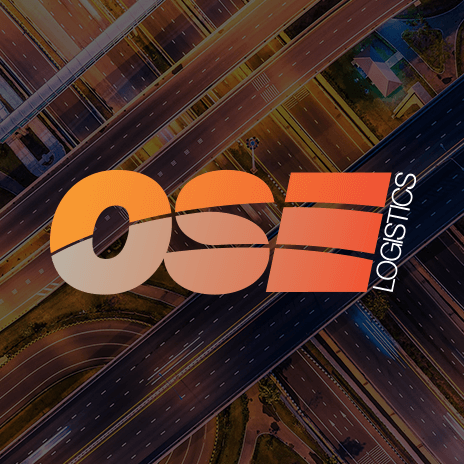
Air freight behind Sea freight with emissions transparency
The changing climate, highlighted by this summer’s differing weather, poses a significant risk to the supply chain.
It can be argued that the supply change itself is causing the climate to change with emissions from the transport and logistics sector continuing to rise and the issue of environmental concern having been given lower priority in recent months due to the struggling global economy.
However, for many companies, the ‘greening’ of the supply chain is becoming an increasingly important part of the business. Progressive companies are taking the environment very seriously and they expect their suppliers to do likewise, with information on the environmental cost for each trade lane, each mode, and each link in the supply chain essential.
This practice is already in clear existence within the sea freight industry with the Clean Cargo Working Group initiative compromising of carriers and their customers, which includes a roll call of major shipping lines such as APL and Yang Ming, which represent 60% of global teu carried; freight forwarders; and an array of shippers from Electrolux to Wal-Mart.
The Clean Cargo Working Group creates the tools to measure, evaluate and report on the environmental impact of the transport, and issue a carbon scorecard, so they can calculate emissions according to each trade lane. Carriers can therefore compare their environmental performances and try to improve them.
Sarah Flagg, head of green logistics for Damco, who work with Nike on calculating its emissions, said,
“The ocean carriers have been very proactive in terms of looking at their emissions.”
The Network for Transport and Environment, which has devised a common method for calculating emissions for both passenger and freight transport, which is then passed on to the buyers of transport services. Similarly to the Clean Cargo Working Group, the Network for Transport and Environment is populated by large box shippers and carriers and provides shippers a chance to share knowledge and examine data.
However, of growing concern is the realisation that neither group contains airlines, arguably the worst offenders in the field of emissions.
Sarah Flagg said,
“The aviation industry has not published the same detailed level of information on carbon emissions that ocean has. The industry just doesn’t do it. NTM provides secondary data for air, but it doesn’t get any reports directly from airlines, so the ocean data is far more accurate.”
The airlines must have access to this data, however, through the EU’s Emissions Trading Scheme, which requires carriers to calculate their emissions down to the very last detail, although this is not communicated to customers.
To an outside, this lack of transparency could appear as if the airline industry has something to hide. Air transport accounts for 2% of the global carbon total, lower than sea freight which accounts for 4.5%. However, the sea freight sector is considerably larger and the IATA’s website highlights that:
“Although sea freight achieves a high level of carbon-efficiency per weight transported compared with airfreight, it uses some of the cheapest and most polluting fuel in the world.”
IATA aim for air transport to achieve carbon-neutral growth in the medium term and to develop zero-carbon emission technology within the next 50 years.
The association claims that carriers have improved fuel efficiency and CO2 emissions by 20% over the past 10 years and aim to be 25% more fuel-efficient by 2020 compared with 2005, however the industry still doesn’t have a group which can work out and publish the data required by forwarders and shippers.
An IATA spokesman, said,
“We do recognise that this is a big problem. We need a calculator for carbon. But air freight is much more complex than passengers, for example. You have to work out the difference between belly hold and freighter emissions. But we are aware that it is needed, and it is being looked at.”
During times of economic uncertainty and with air freight customers looking for any reason they can not to fly their goods, a higher level of transparency and a greater effort to engage with customers will encourage future success.
OSE provide a complete range of transport and logistics services including UK Sameday, UK and European Express, Economy European Freight, International Air and Sea Freight and UK and European Warehousing. Find out more here.
